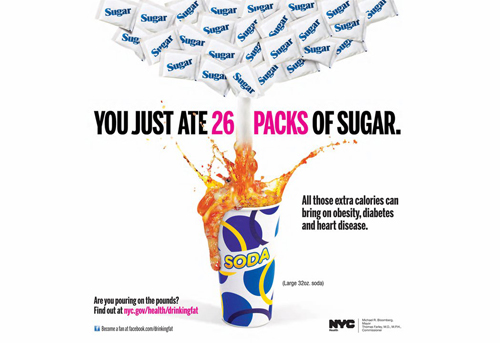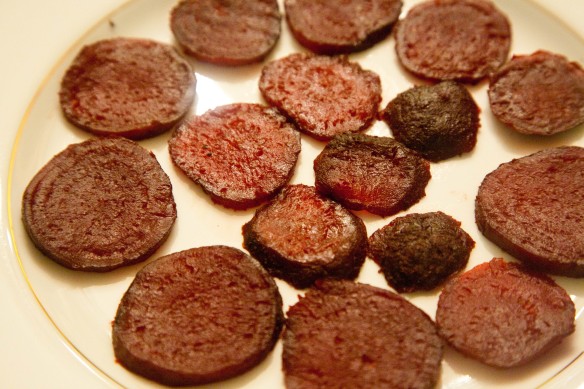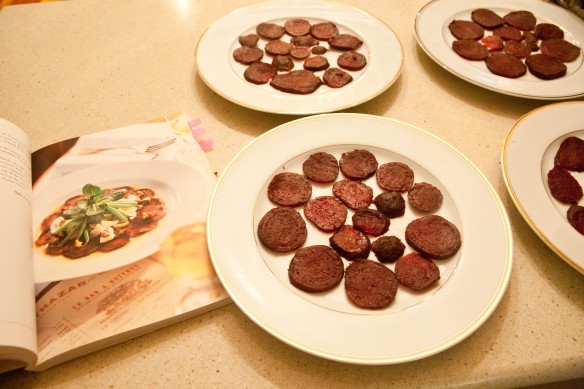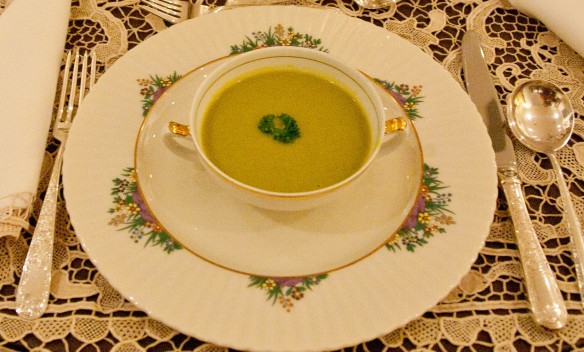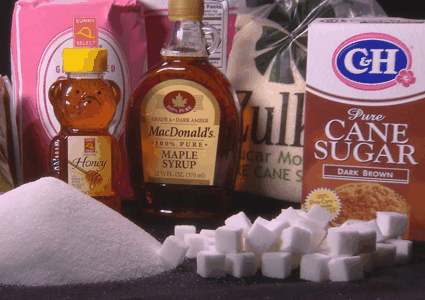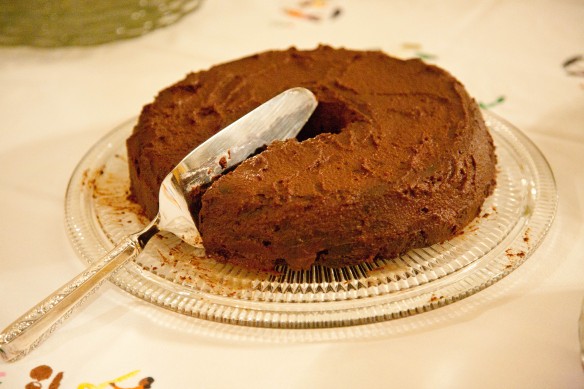Submitted on June 12, New York City Mayor Michael Bloomberg’s large-size soda ban may be a running start to break the ice in tackling America’s obesity crisis.
In an effort to curb the ever-soaring obesity rates–in New York City, about 58% of adults overweight or obese and 21.3% of children obese (according to the NYC Obesity Task Force Plan)–the ban would limit all sugary soft drinks to 16oz. in restaurants, movie theaters and street carts. (It would not apply to convenience or grocery stores.)
While many see the ban as a “nanny” government’s restrictive and liberty-binding act which doesn’t pinpoint the root of the problem (as seen in the comic below), there are many reasons why the ban is effective, specifically because it targets what seems a “lesser” issue initially.
First of all, Bloomberg’s ban is an act that finally follows through on copious “obesity talk” in government and finds a more subtle way to introduce legislative changes.
Some argue that instead of forcing people to change their habits, we should be educating them in order to help them make amendments themselves. However, limiting one’s soda intake–a form of portion control–could be seen as exactly that. After all, experiential learning has been shown to be most effective in certain circumstances: people find they are just as satiated with a smaller quantity. It has been shown that people generally follow the serving size suggested, and that is what is being moderated, not one’s liberty to choose. A drop in percentage of soda consumption can not only be reflected onto one’s plate (smaller portions of food) but also increase people’s water intake.
Another criticism the ban has received is that it is not the government’s job to tell people what they should or shouldn’t drink. However, the government is not legislating what or how much people can drink, it is simply creating a standard. Also, the government is responsible to a certain extent because of the cost of obesity. According to CNN, “America spends as much as $147 billion annually on the direct and indirect costs of obesity. In the year of the most recent CDC study, 2006, that made up 9.1 percent of medical spending.” Where do tax-payers dollars go?
In conjunction with Bloomberg’s large-size soda ban advertisements (like the one seen above), the implementation of smaller standard drinks also brings up public questions on health, making us more conscious of the risks of our dietary choices. Perhaps we won’t be so quick to pick the pop next time.
This may not be the cure for our colossal problem, but it surely is a strong first step.
Other articles which provide a lot of great information are as follows:
New York Times — Obesity Ills That Won’t Budge Fuel Soda Battle by Bloomberg
PBS News Hour — Bloomberg Could Buy the World a Coke, but He’d Make it a Small
Pursue Natural — War on obesity and diabetes by reducing intake of drinks with sugar to 16oz in New York City


